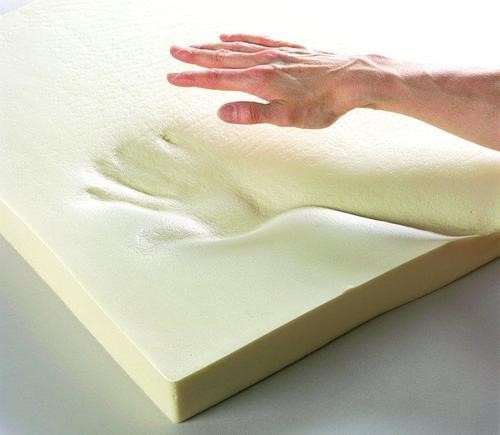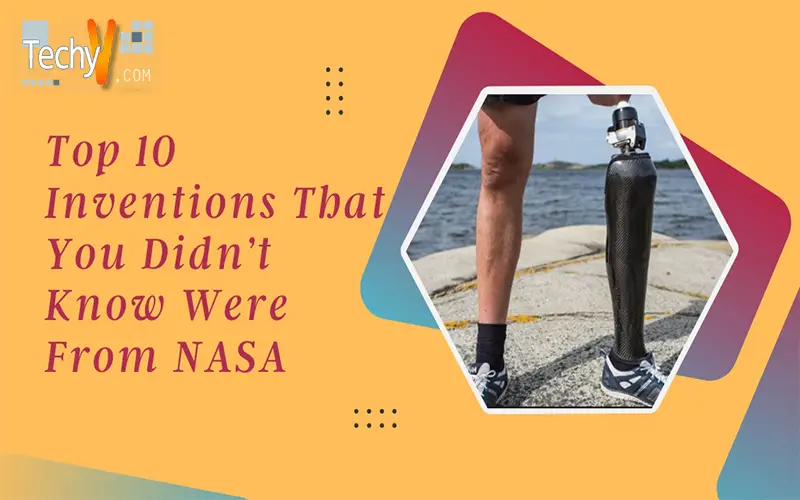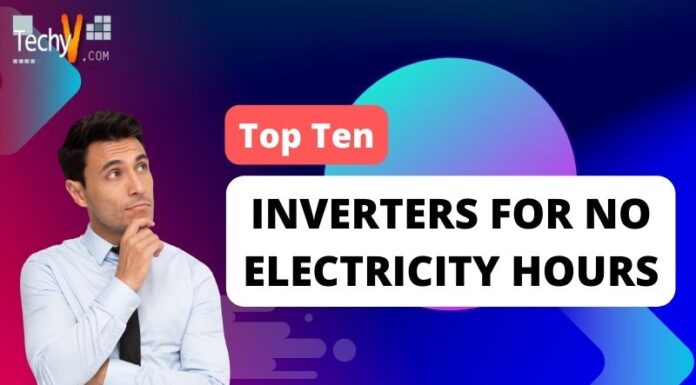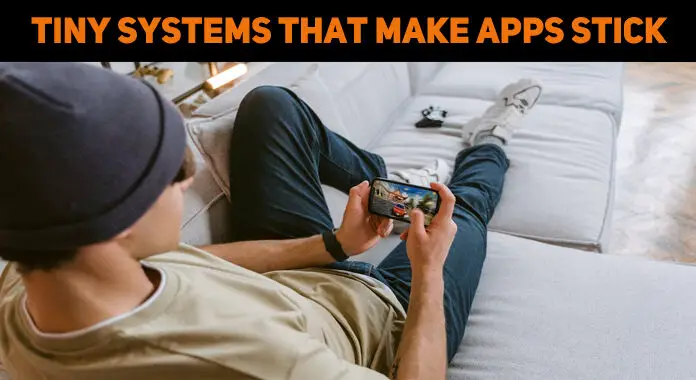The National Aeronautics and Space Administration (NASA) is an autonomous federal government organisation in the United States that is in charge of the civil space programme, aeronautics research, and space research. NASA has had a greater impact on your life than you may realise. While their objective is space flight, some of their technologies have found their way into our daily lives on Earth and have proven to be indispensable. NASA has developed a wide range of technologies to address the unique challenges of space exploration. It developed the innovative three-axis stabilisation control architecture that allows satellites to precisely point their antennae, sensors, and solar panels in the 1950s and early 1960s.
1. Water Filters
NASA created a tiny, lightweight water purification equipment for human space flight. This method used silver ions (atoms that have lost electrons) to kill germs and operated reliably without the need for dedicated monitoring. The Microbial Check Valve technique has gained traction in purifying water for municipal water plants. It has cleared the way for new methods of filtering the material for human consumption.
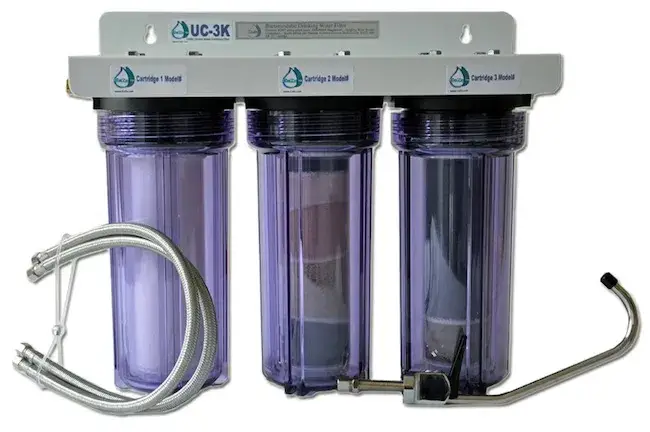
2. Artificial Limbs
Artificial limbs that use advanced robotics perform more like the actual thing. These are used to keep blood flowing around the heart when the muscle fails and a donor cannot be obtained. The VAD is a compact, effective, and life-saving device developed by NASA, MicroMed Technology Inc, and scientists.
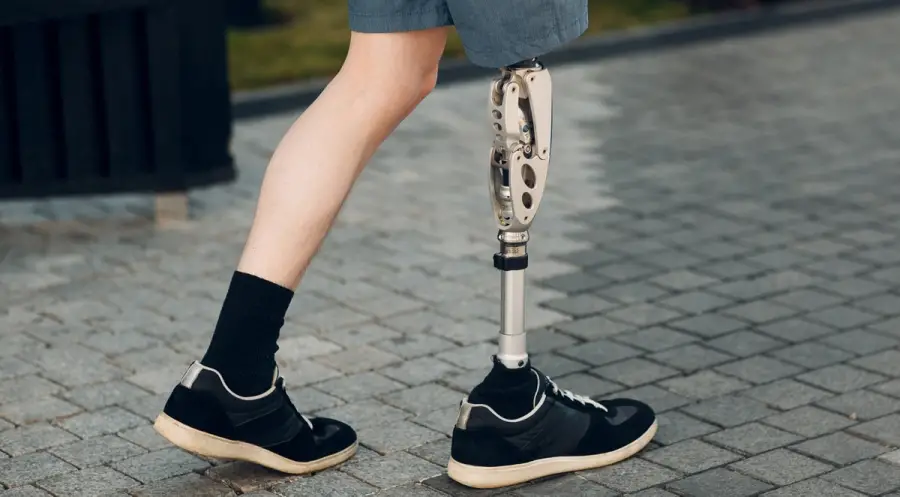
3. Solar Cells
NASA researchers did not invent solar cells, but they did help keep the technology alive during the years when it was primarily uneconomical. They founded ERAST (Environmental Research Aircraft and Sensor Technology), a 28-member union, with the purpose of developing an unmanned aircraft that could fly at high altitudes for days on solar energy.
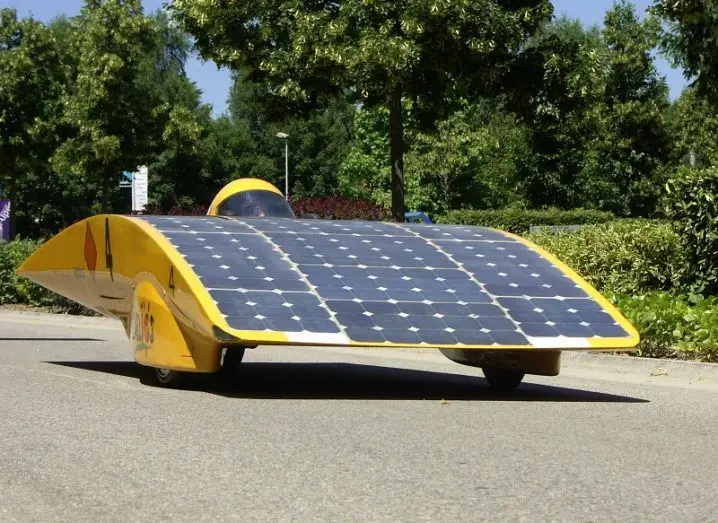
4. Insulin Pump
MiniMed has developed an implanted insulin pump with NASA assistance. Insulin pumps are small, computerised devices that imitate the function of the human pancreas by constantly providing small quantities of short-acting insulin (basal rate). When a meal is consumed, the device also delivers varied doses of insulin.
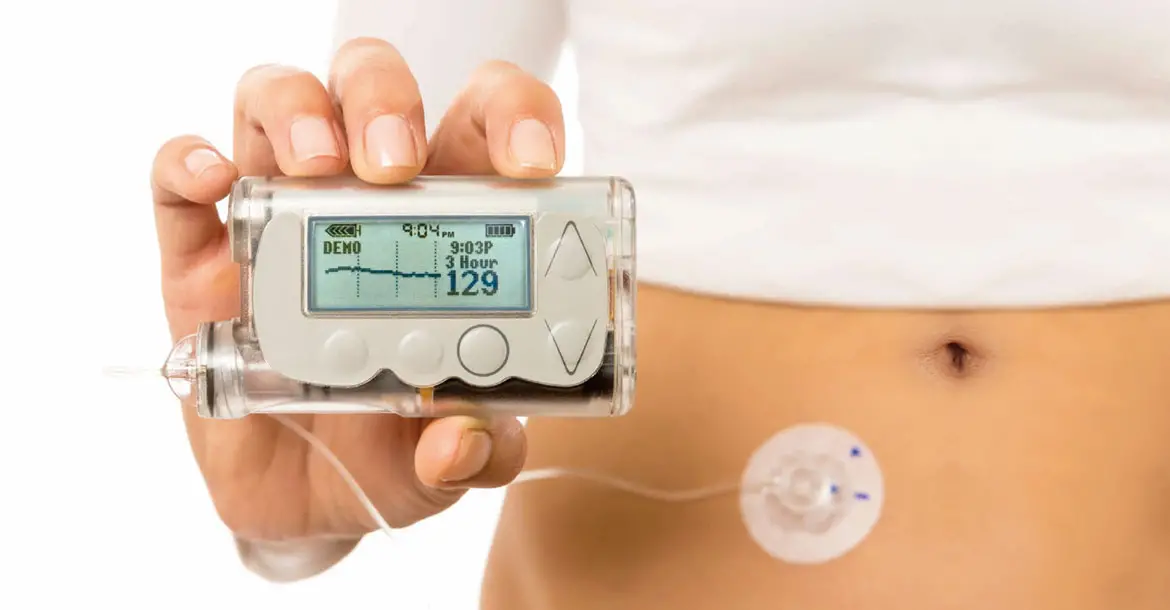
5. Ventricular Assist Device
A ventricular assist device (VAD) is an electromechanical device used to support cardiac circulation and to partially or totally replace the function of a failing heart. NASA patented the invention, which was exclusively licenced to a Houston business, MicroMed Technology, Inc. (MicroMed).
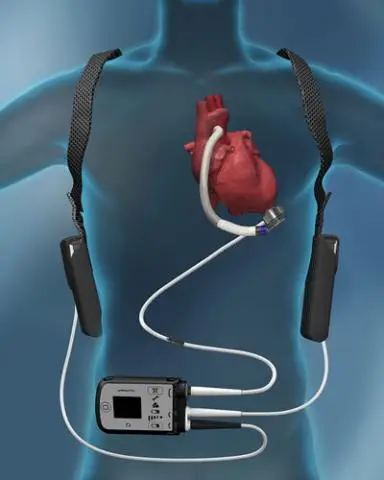
6. Scratch-Resistant Eyeglass Lenses
While working on a spaceship water purification system, NASA’s Dr Ted Wydeven of the Ames Research Center developed the technological seeds for the first scratch-resistant plastic lenses. Scratch-resistant lenses are used to replace glass and plastic lenses in eyeglasses, which scratch and break easily.
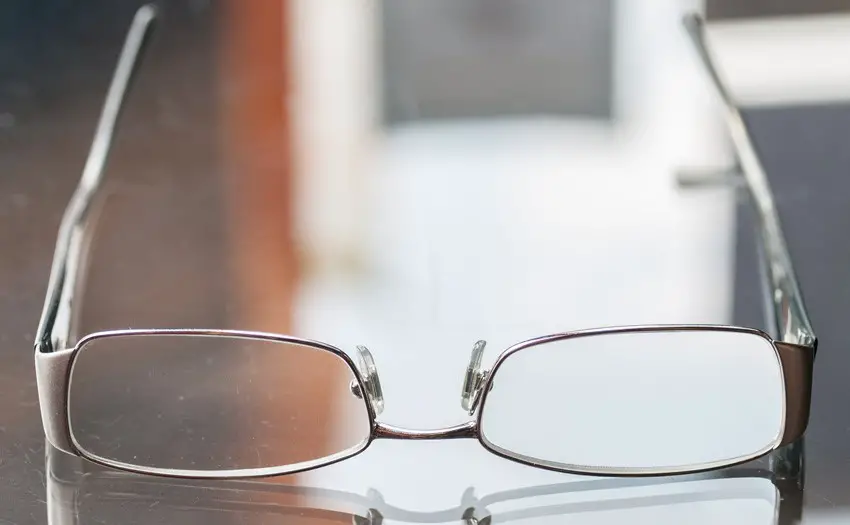
7. Shock Absorbers
A shock absorber’s purpose is to absorb or dampen the compression and rebound of the springs and suspension. Shock absorbers, which were originally employed to protect spacecraft and launch pad equipment during shuttle missions, are now bracing hundreds of buildings and bridges in earthquake-prone areas throughout the world.
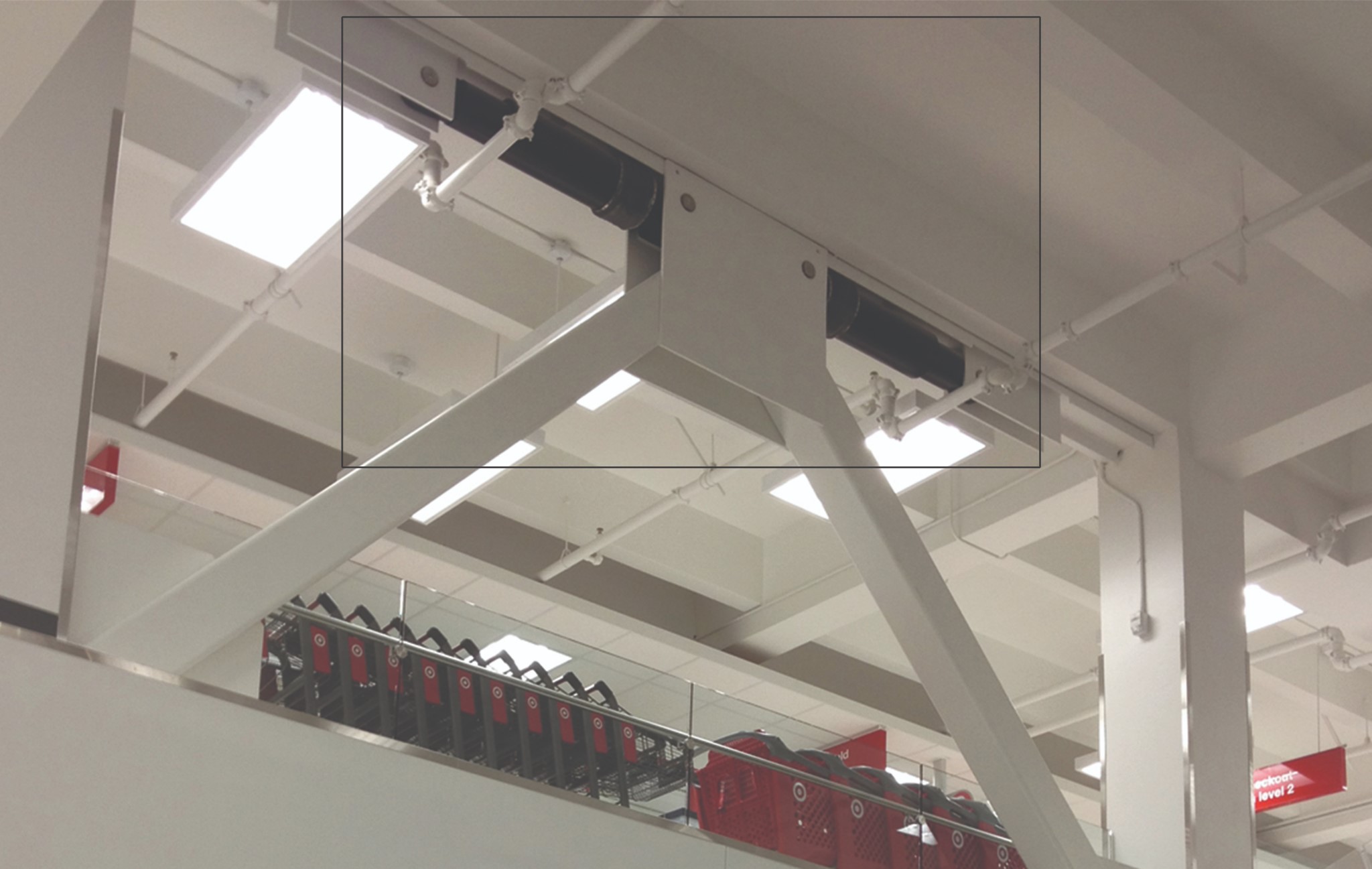
8. Invisible Braces
Transparent polycrystalline alumina (TPA), which was created for missile tracking, is used to make invisible dental braces. TPA is more durable than steel. It absorbs light, making the material translucent, and its smooth, round attributes resist shattering. NASA originally utilised this material to shield the infrared antennae on heat-seeking missile trackers.
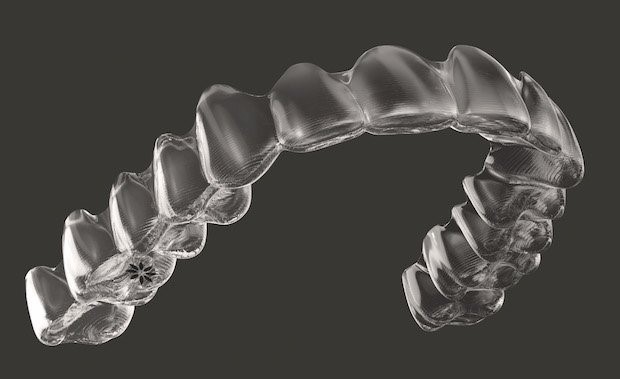
9. The Speedo LZR Swimsuit
The LZR Racer is a Speedo competitive swimsuit series made from a high-tech swimwear fabric made of woven elastane-nylon and polyurethane. NASA’s Langley Research Center assisted Speedo in testing fabrics and seams for drag at NASA’s wind tunnel in 2008. As a result, the Speedo LZR Racer swimsuit was worn by many medal winners at that year’s Olympics.
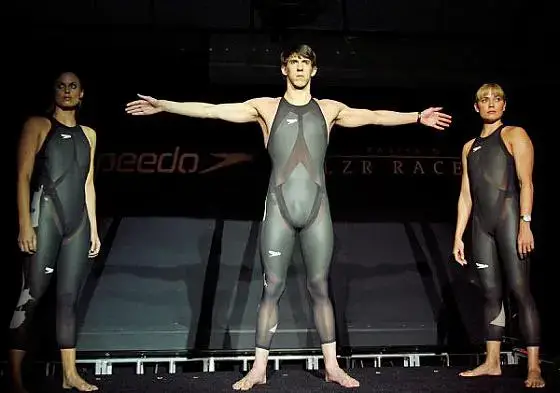
10. Memory Foam
Using your body heat, memory foam softens and conforms to your shape. This gives exceptional support and comfort. Once pressure is removed, memory foam will slowly rebound and remember your body form and best sleeping position over time. Memory foam, sometimes known as temper foam, was created in the 1970s as part of a NASA contract to increase seat cushioning and crash protection for airline pilots and passengers.
